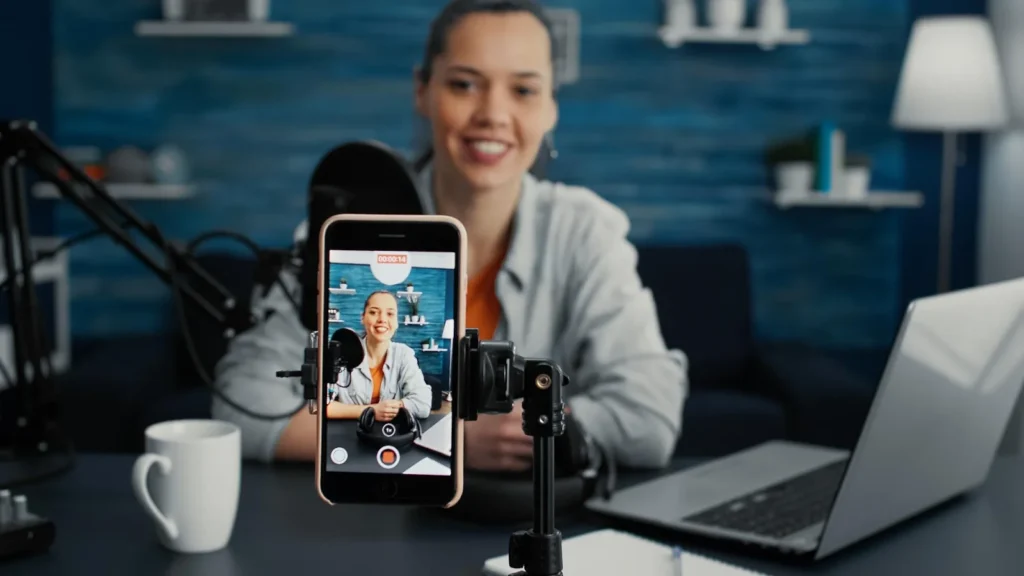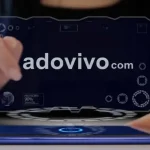In today’s fast-paced digital world, effective communication is crucial for brands looking to connect with their audiences. Video content has emerged as a powerful tool for storytelling, allowing brands to convey their messages in engaging and memorable ways. This article explores the significance of video content for brand storytelling and offers insights into how businesses can leverage this medium, including the role of a video creator, to enhance their marketing strategies.
Why Video Content Matters for Brand Storytelling
1. Captures Attention
In an era where consumers are inundated with information, grabbing their attention is more challenging than ever. Video content stands out because it combines visual and auditory elements, making it more captivating than text alone. According to research, viewers are 95% more likely to remember a message when they watch it in a video format. This makes video a vital tool for brands aiming to communicate their stories effectively.
2. Evokes Emotion
One of the key components of effective storytelling is the ability to evoke emotion. Video content excels at this by incorporating music, visuals, and narratives that resonate with viewers. Whether it’s a heartwarming story about a brand’s impact on a community or a humorous take on everyday challenges, video allows brands to create emotional connections with their audiences. These connections foster loyalty and drive engagement, making consumers more likely to support and advocate for the brand.
3. Enhances Brand Identity
Video content is an excellent way for brands to showcase their identity and values. Through visuals, tone, and storytelling techniques, brands can communicate their unique selling propositions and what sets them apart from competitors. For example, a company committed to sustainability can create videos highlighting its eco-friendly practices using various video apps, while a tech startup can showcase its innovative solutions. This consistency in messaging helps build a strong brand identity that resonates with consumers.
Best Practices for Effective Video Storytelling
1. Know Your Audience
Before creating video content, it’s essential to understand your target audience. What are their interests, preferences, and pain points? Conducting thorough research can help you tailor your video messaging to resonate with your audience effectively. Creating buyer personas can also guide your content creation, ensuring that your videos speak directly to your intended viewers.
2. Keep it Concise
While storytelling is important, attention spans are limited, especially in the digital realm. Aim to convey your message concisely and effectively. A compelling video should ideally be between 30 seconds and two minutes long, depending on the platform. Shorter videos are more likely to be watched in their entirety, while longer videos may lose viewer interest. Focus on delivering your core message quickly and clearly.
3. Utilize Strong Visuals
Visual storytelling is at the heart of effective video content. Use high-quality visuals that capture attention and enhance your narrative. This can include stunning cinematography, engaging animations, or authentic footage of real-life experiences. Strong visuals not only attract viewers but also reinforce your brand’s message and values.
4. Craft a Compelling Narrative
A great story is built on a strong narrative. Structure your video content to have a clear beginning, middle, and end. Start with an engaging hook to capture attention, followed by the main message or story development, and conclude with a memorable ending that reinforces your brand message. This narrative arc keeps viewers engaged and encourages them to take action, whether it’s visiting your website, following your social media accounts, or making a purchase.
5. Optimize for SEO
To maximize the reach of your video content, it’s essential to optimize it for search engines. Use relevant keywords in your video titles, descriptions, and tags. This can help improve your video’s visibility on platforms like YouTube and Google. Additionally, consider creating engaging thumbnails and captions to entice viewers to click and watch your videos.
The Role of Social Media in Video Storytelling
1. Increased Engagement
Social media platforms are ideal for sharing video content, as they facilitate interaction and engagement. Videos on social media receive more shares, likes, and comments compared to other content types. This increased engagement not only boosts brand visibility but also encourages discussions around your brand narrative, fostering a sense of community among your audience.
2. Diverse Formats
Social media offers various video formats, including stories, live streams, and short clips. Brands can experiment with different formats to see what resonates best with their audience. For example, Instagram Stories provide a platform for behind-the-scenes glimpses, while Facebook Live can be used for Q&A sessions or product launches. Utilizing diverse formats allows brands to keep their content fresh and engaging.
3. Data-Driven Insights
Social media platforms provide valuable insights into audience behavior, helping brands refine their video content strategies. By analyzing metrics such as watch time, engagement rates, and demographic data, brands can identify what works and what doesn’t. This data-driven approach enables continuous improvement and helps brands tailor their storytelling efforts to better meet their audience’s needs.

Conclusion
In a world where storytelling is paramount, video content has become an indispensable tool for brands looking to connect with their audiences. By capturing attention, evoking emotion, and enhancing brand identity, video storytelling allows businesses to communicate their messages effectively. Utilizing tools like a video creator can streamline the video production process, making it easier for brands to share their stories. Additionally, as technology advances, brands can now generate videos with AI, further simplifying the content creation process. With effective video editing, brands can refine their content to ensure it resonates with viewers and maintains a professional appearance. By following best practices, optimizing for SEO, and leveraging social media, brands can maximize the impact of their video content and foster lasting connections with their audience. As technology continues to evolve, embracing video as a core component of your marketing strategy will be essential for staying relevant in the ever-changing digital landscape.







